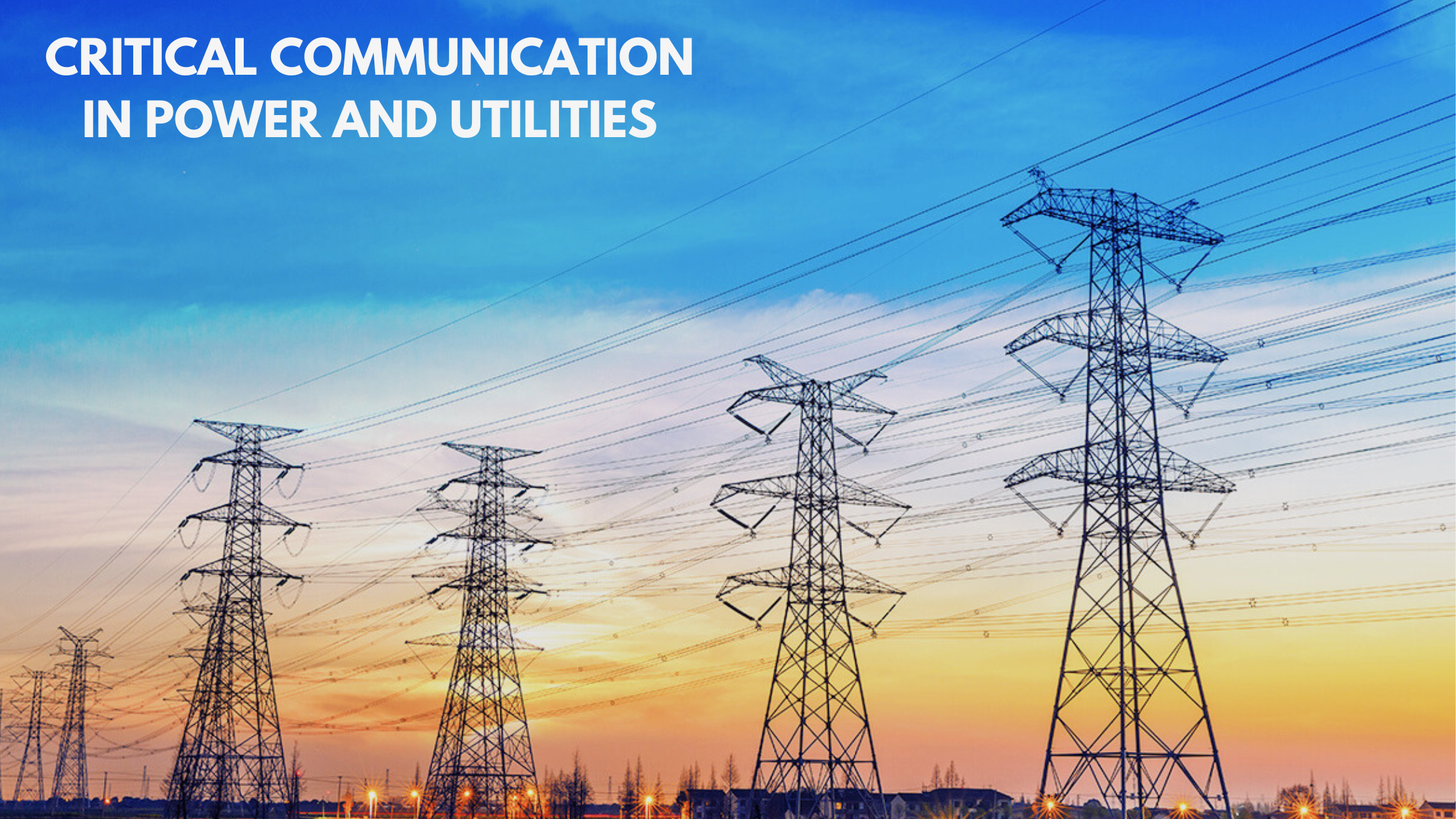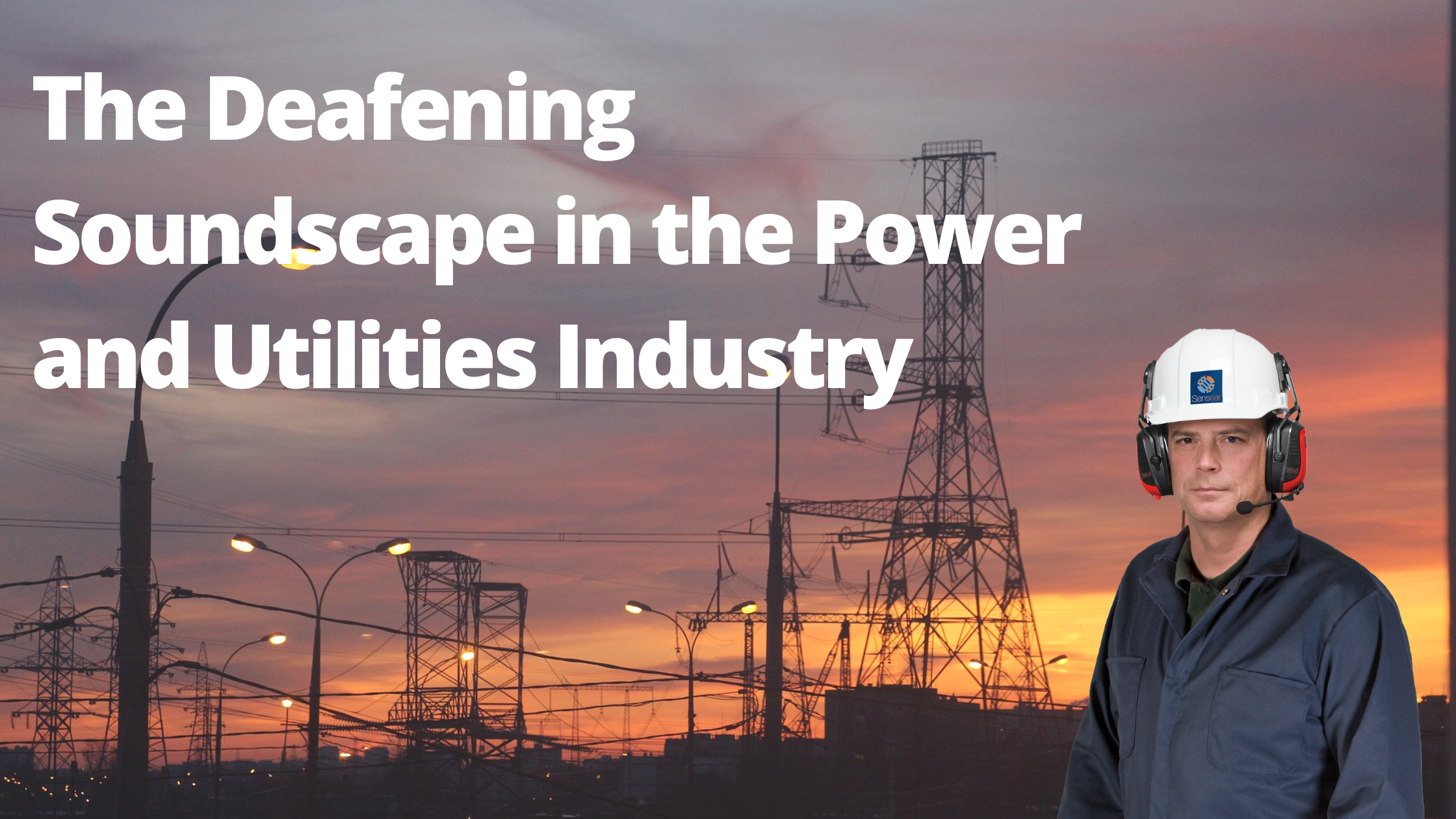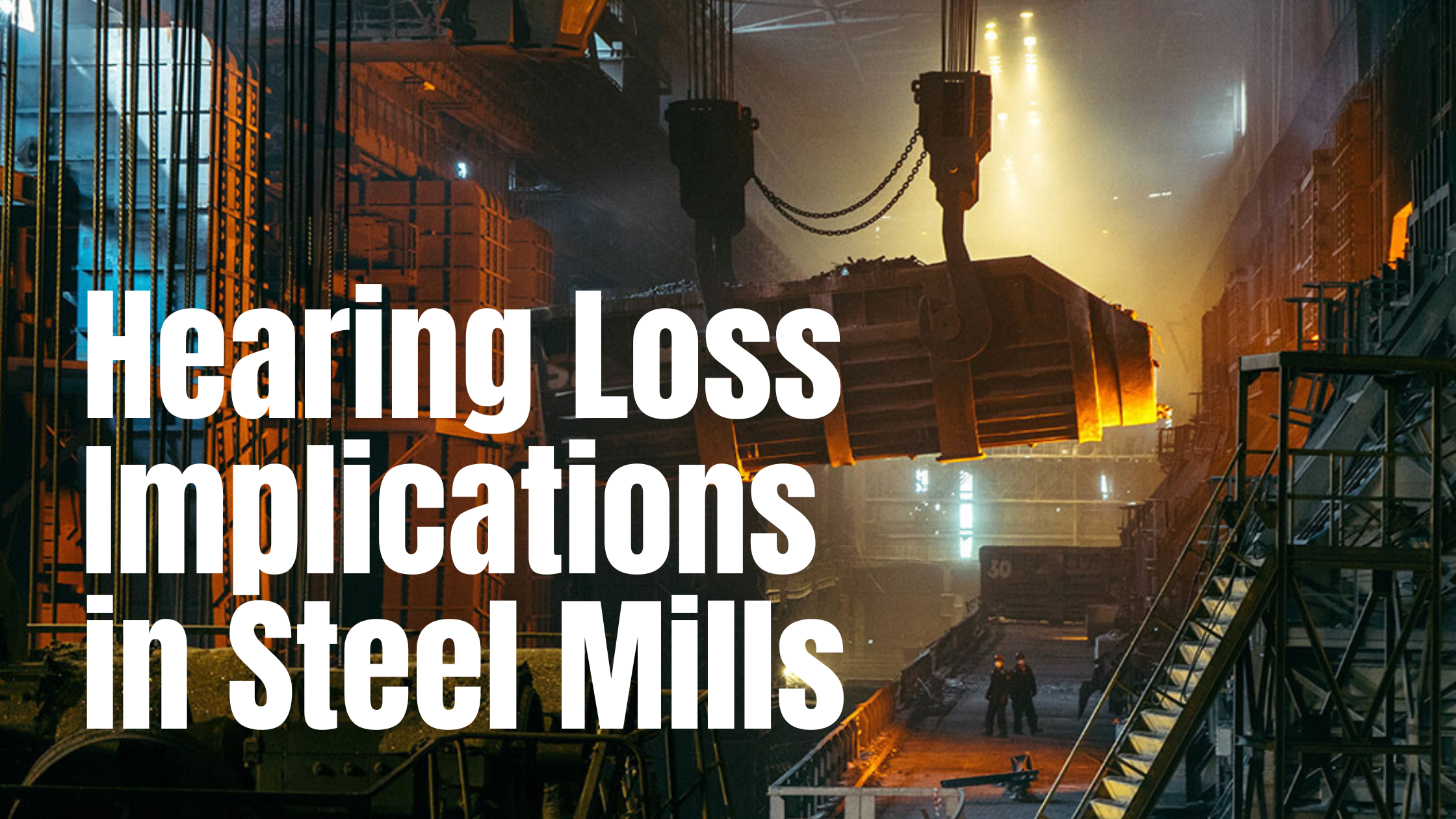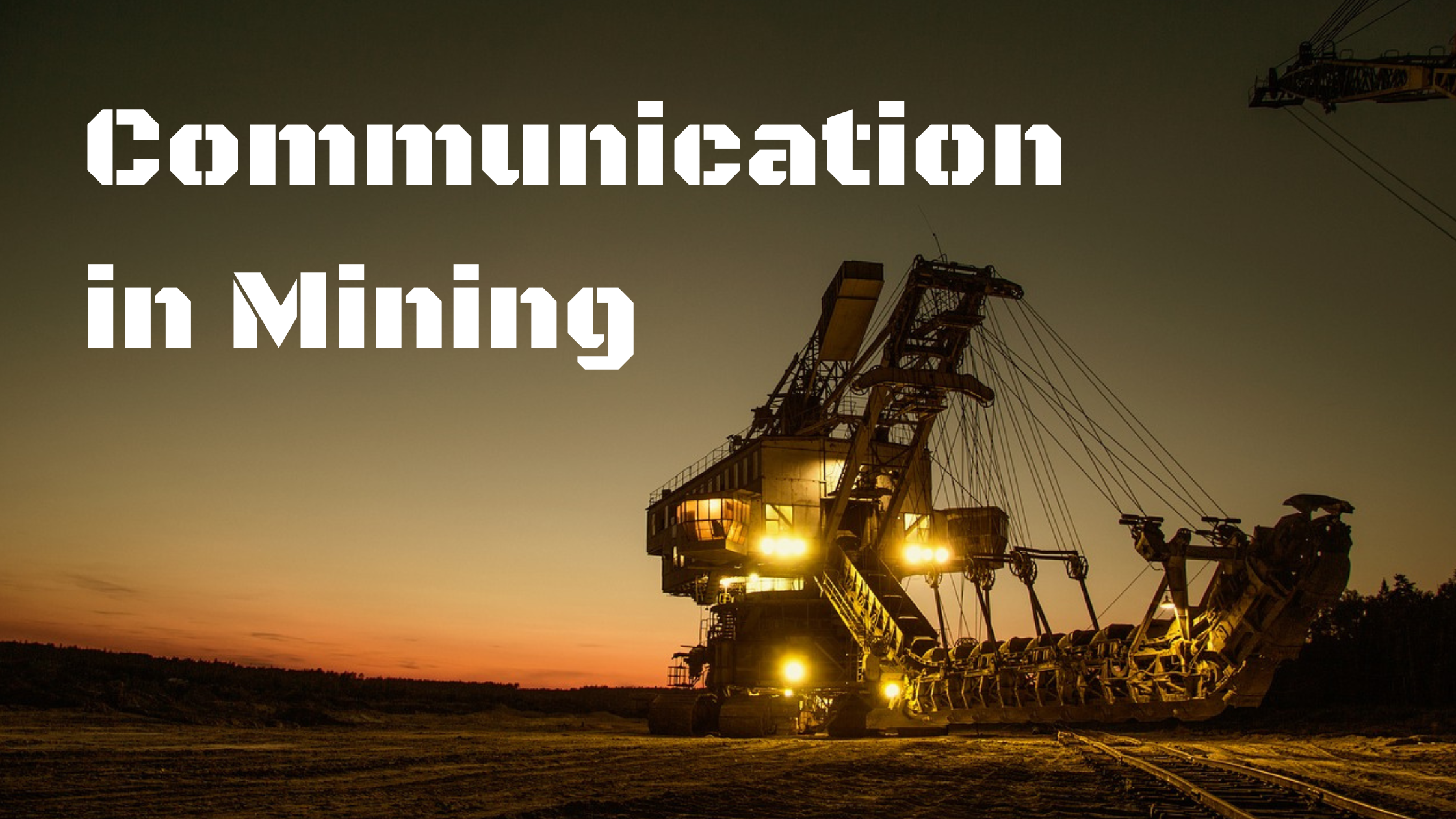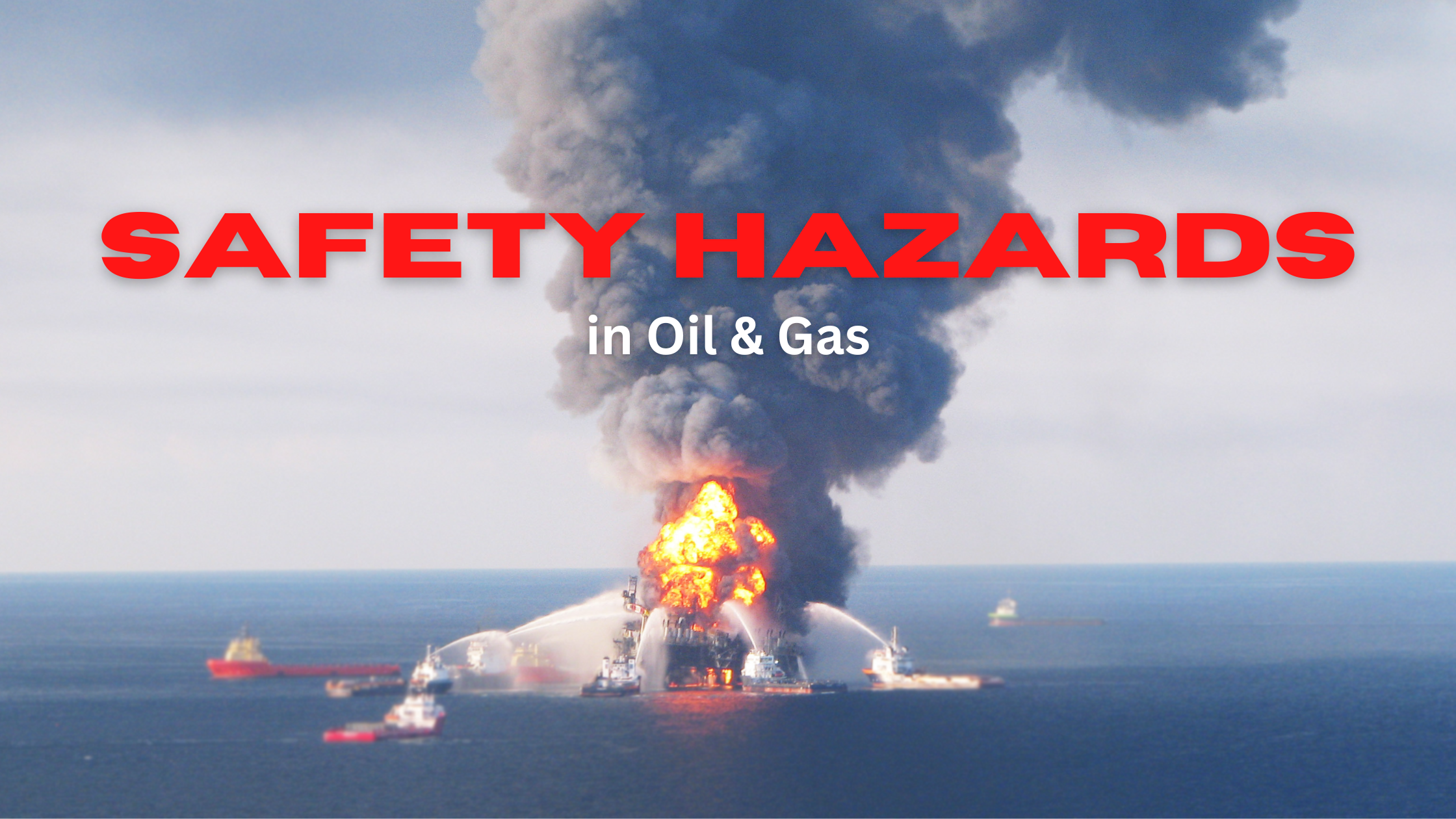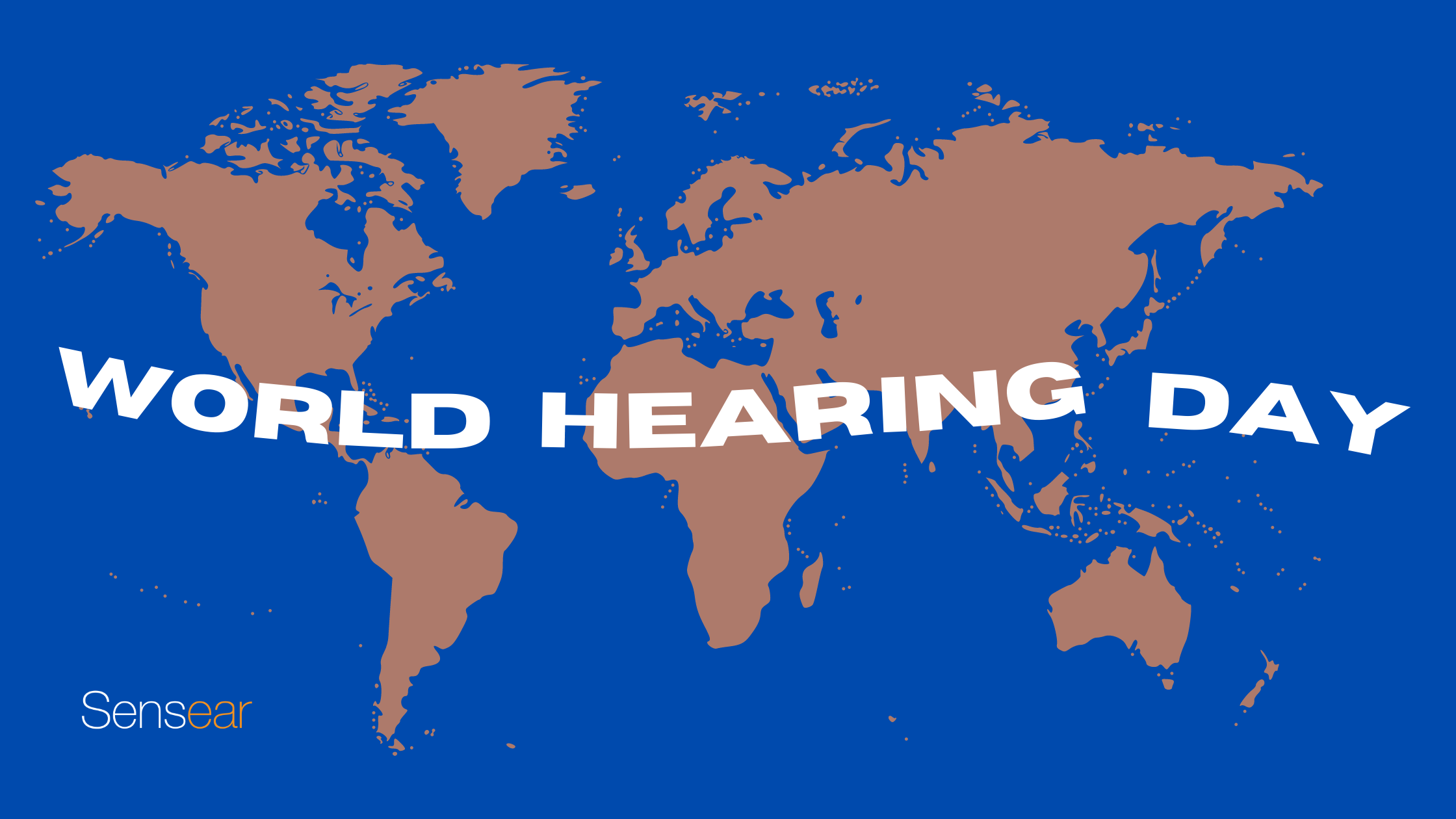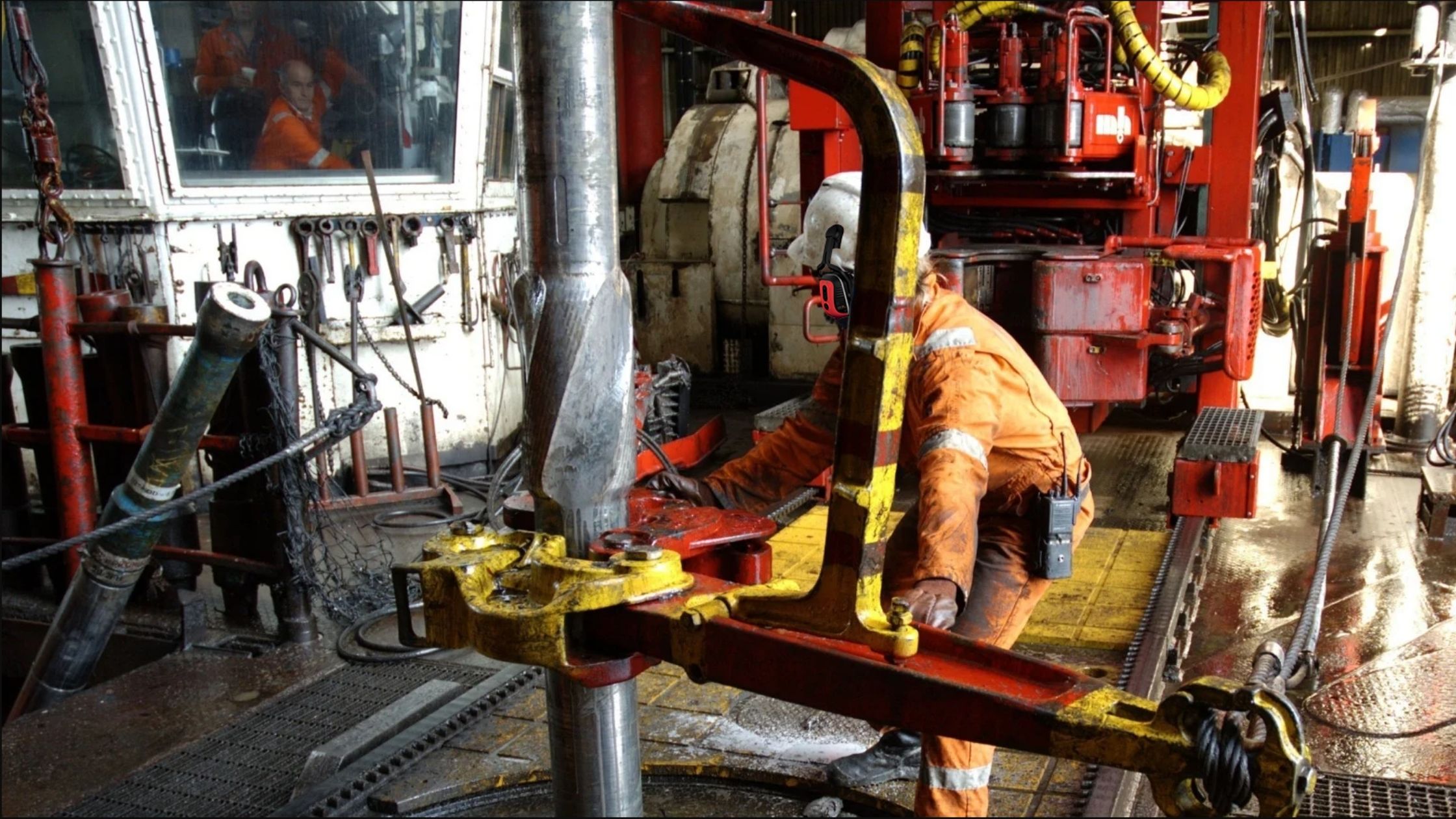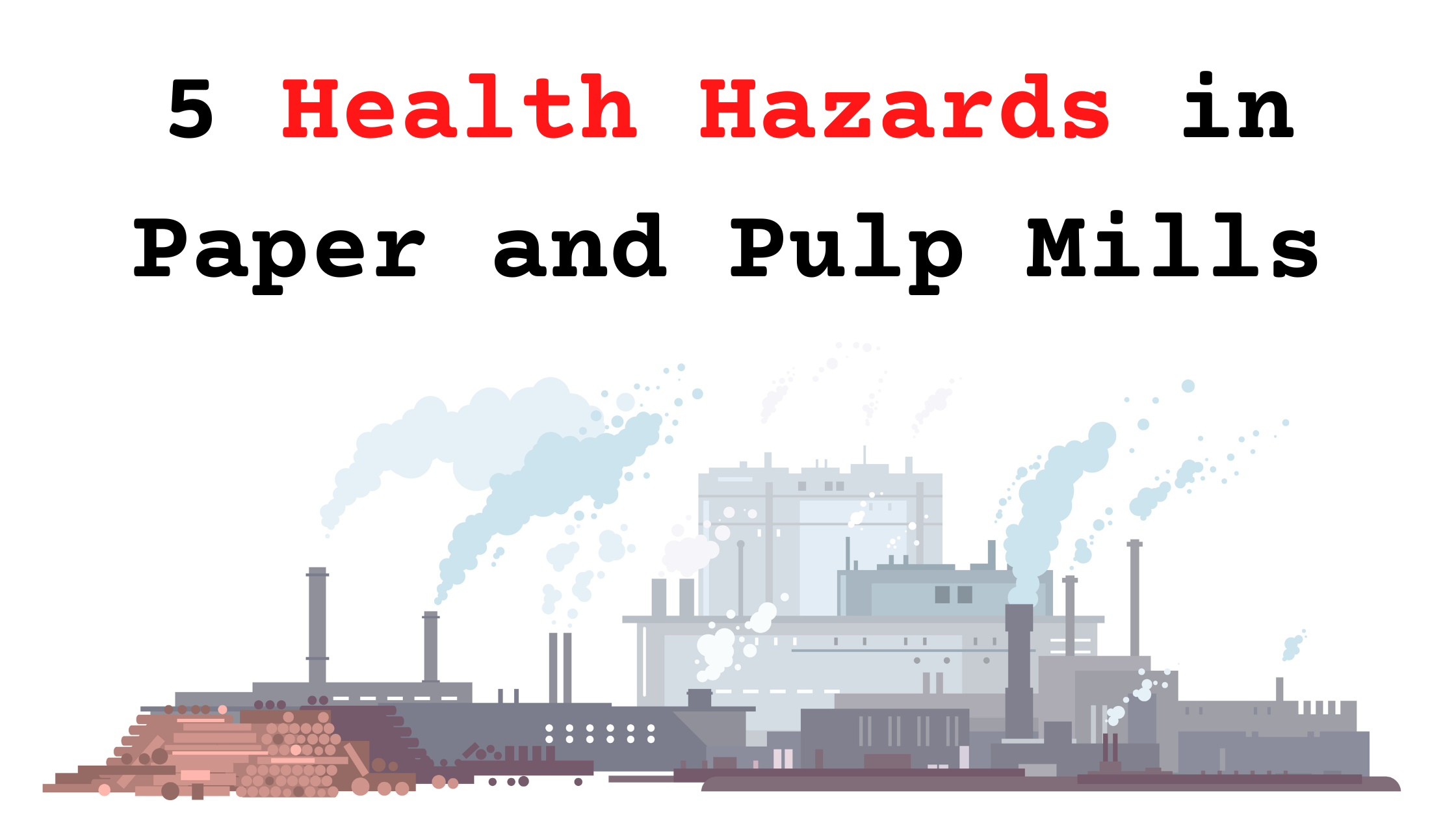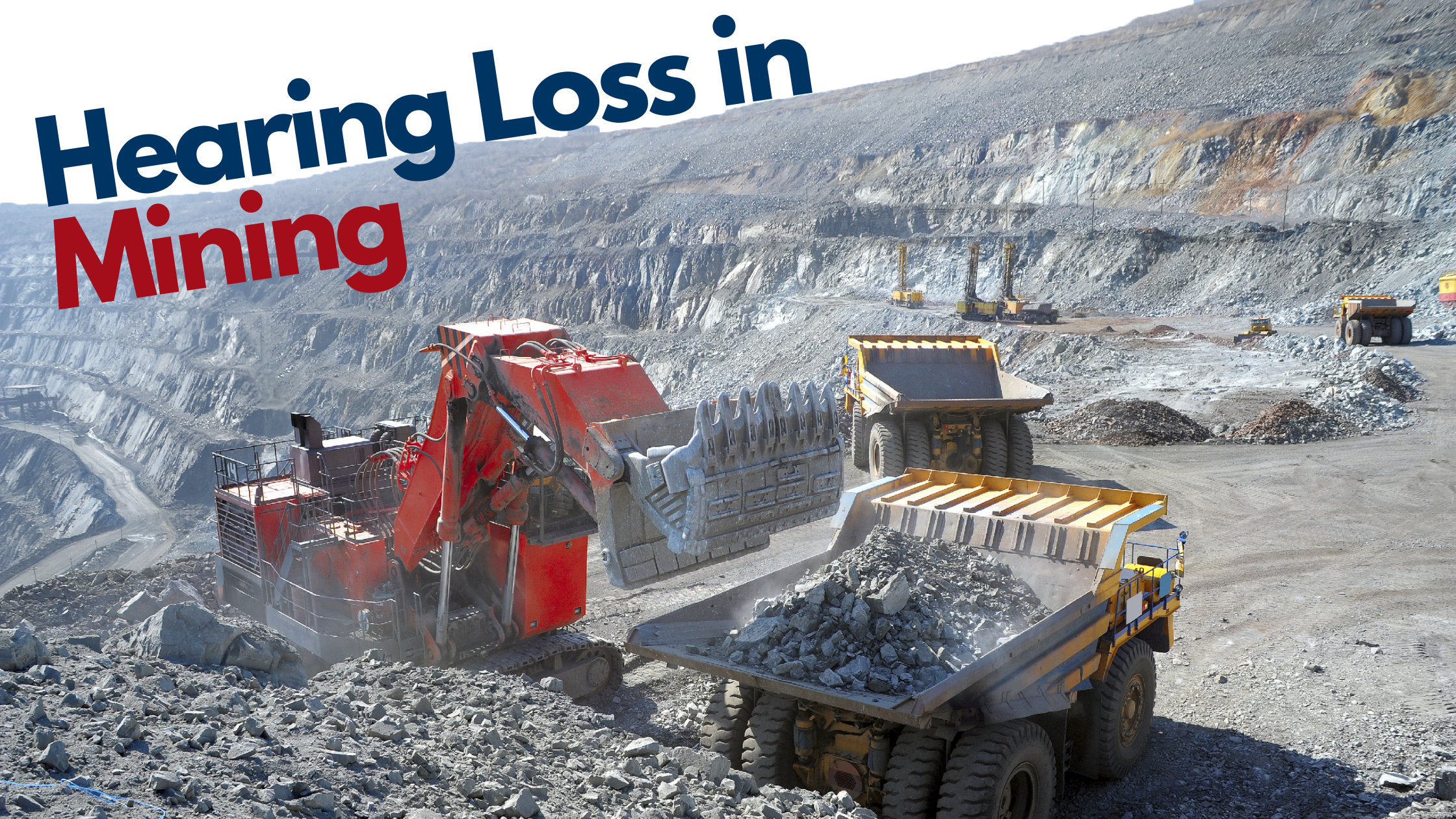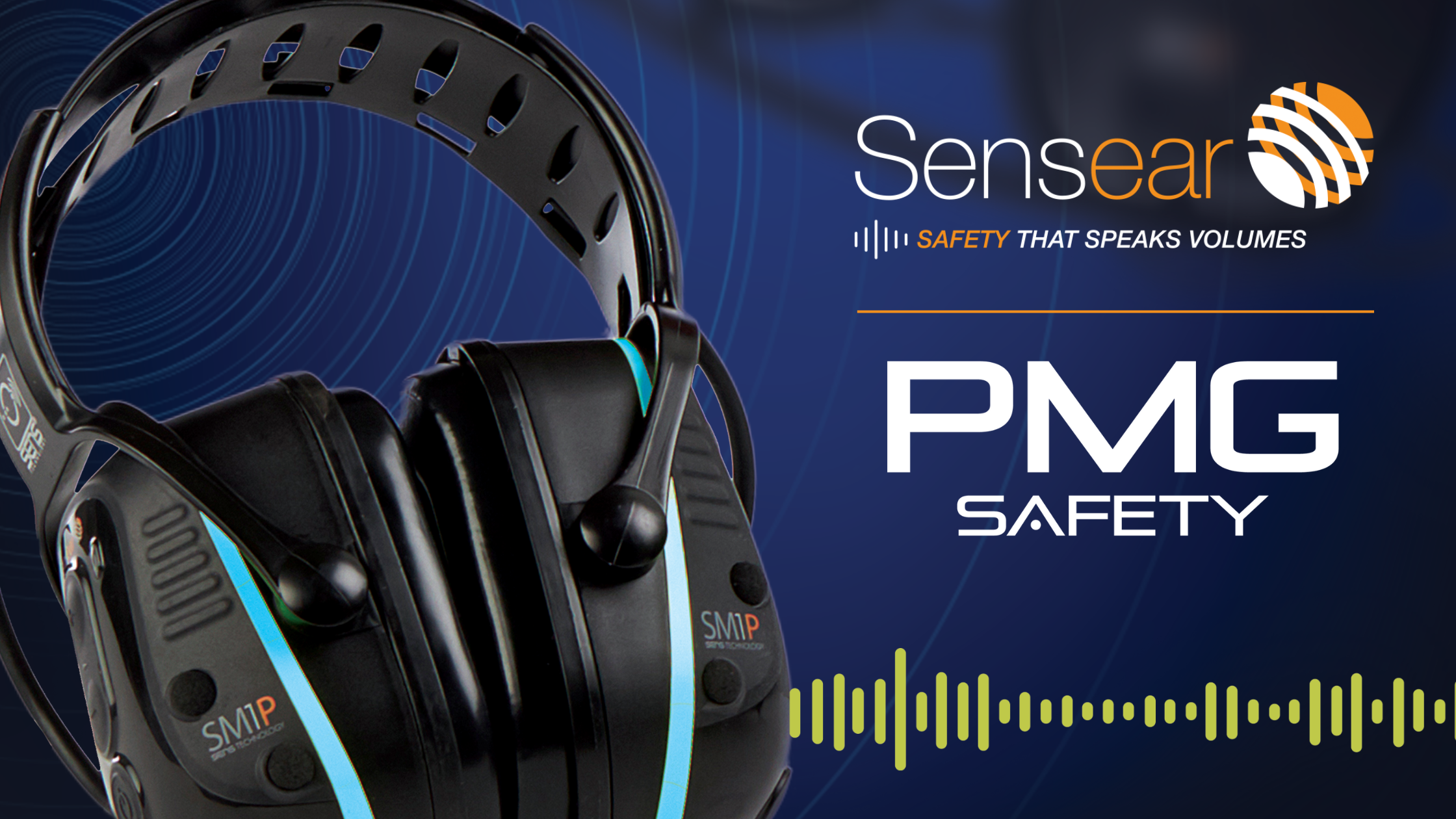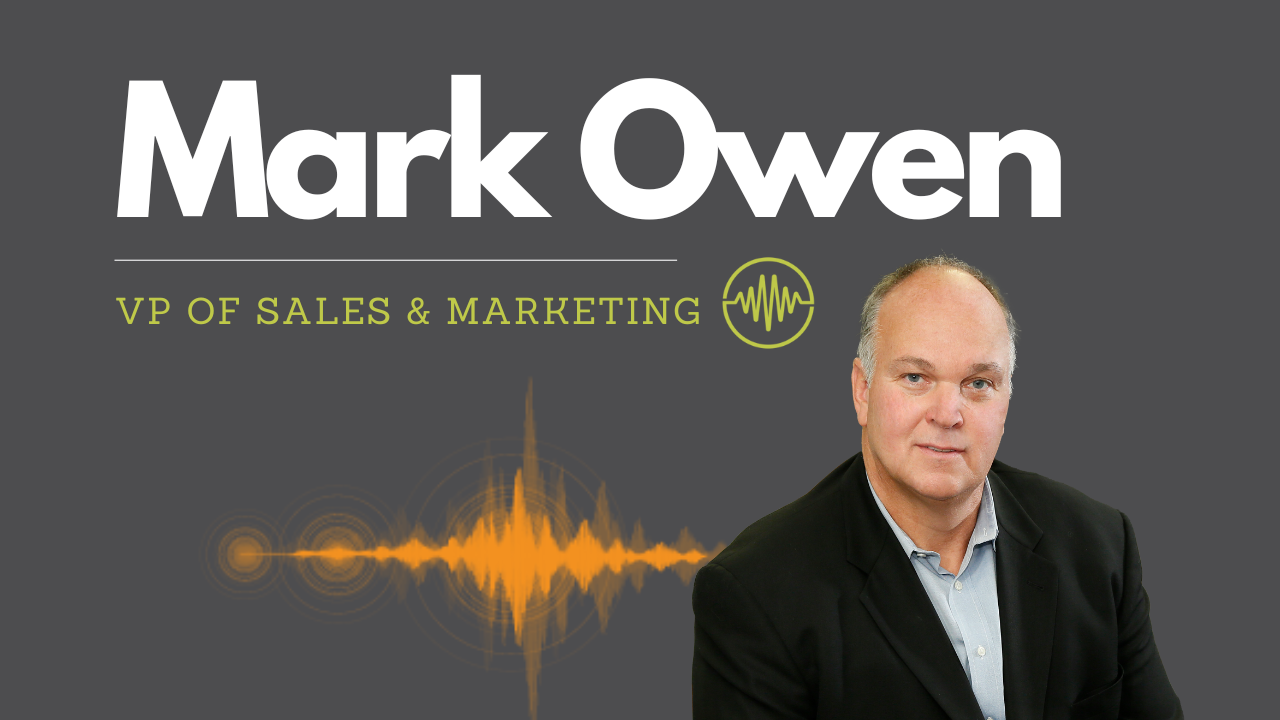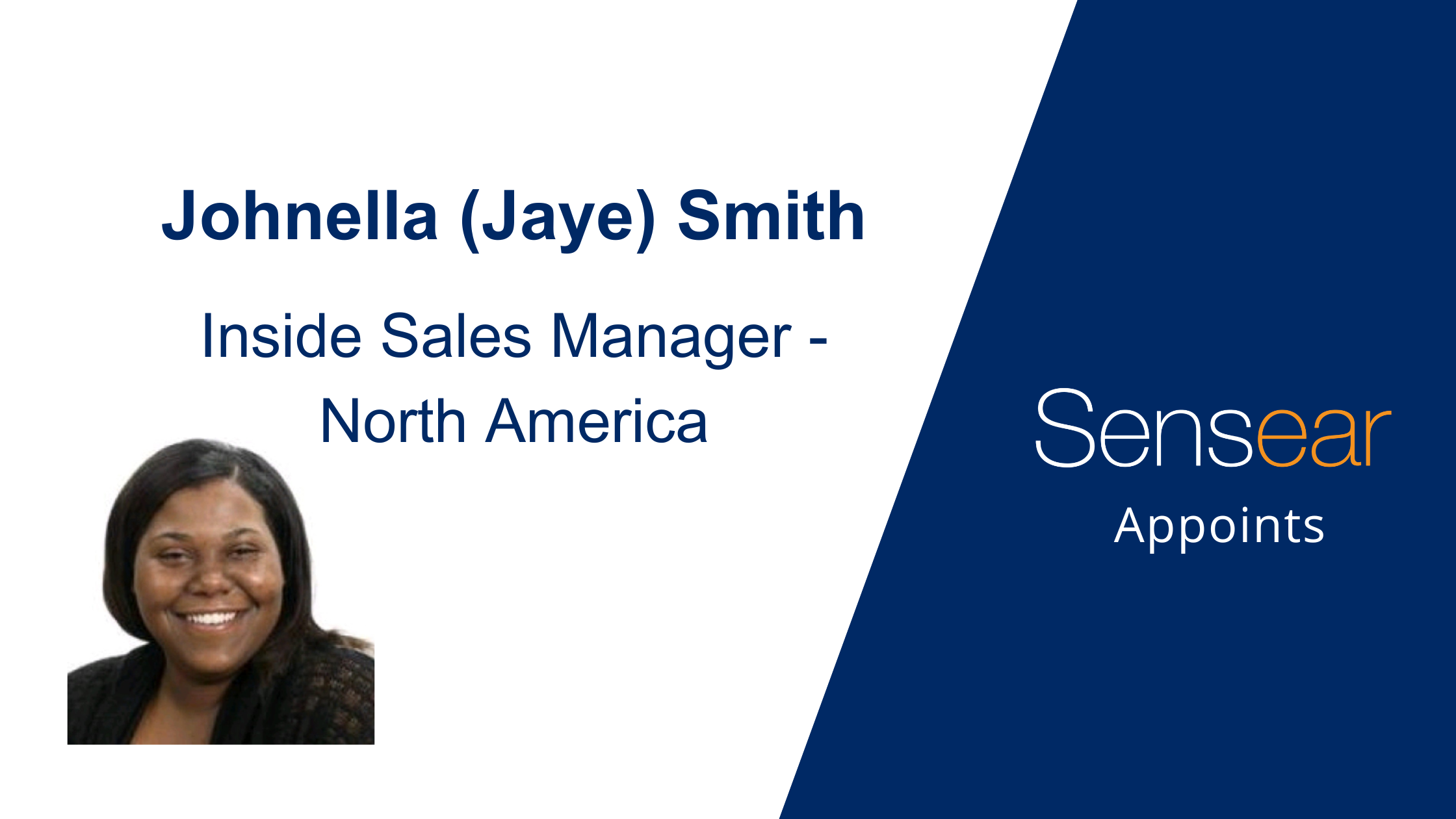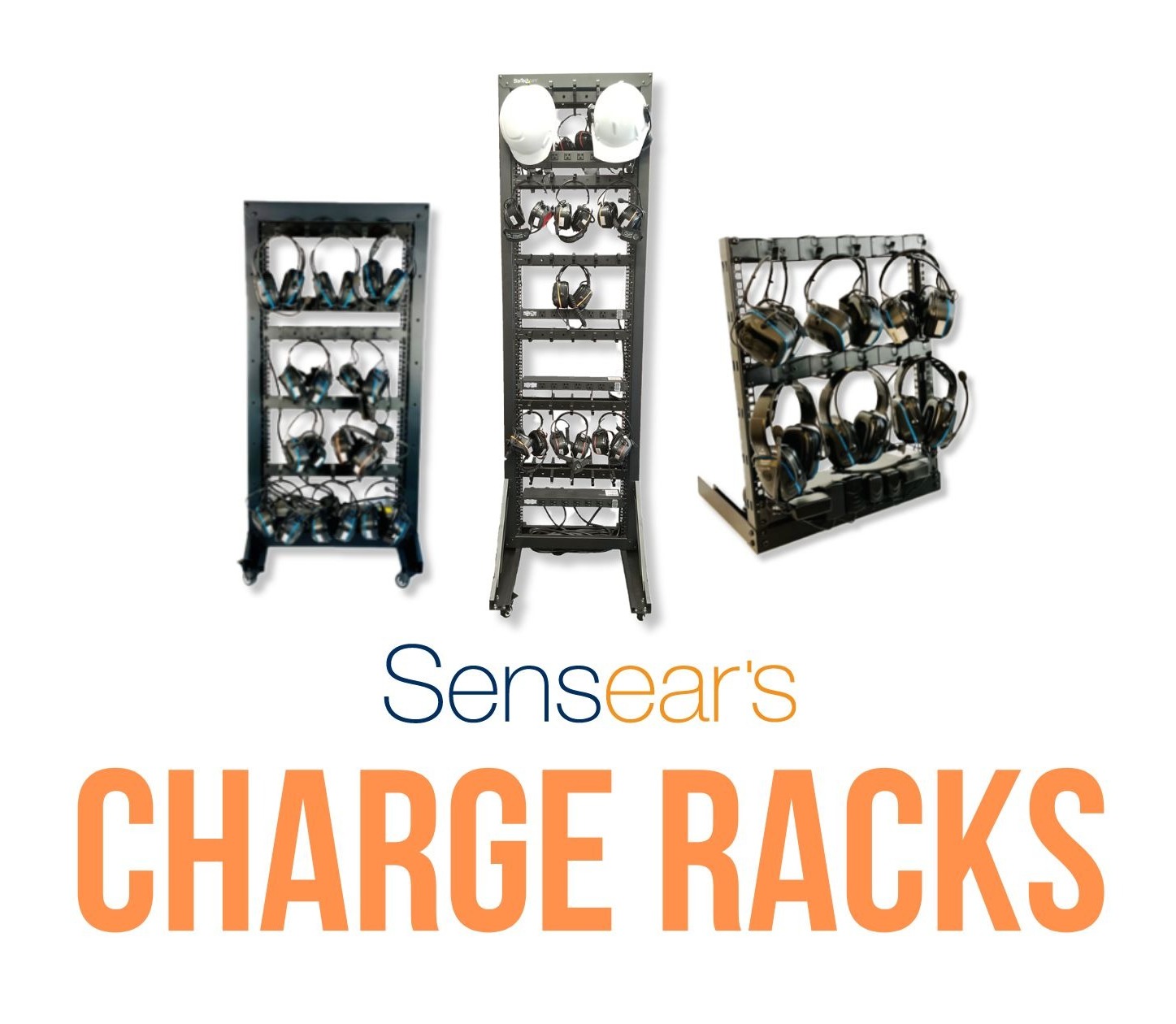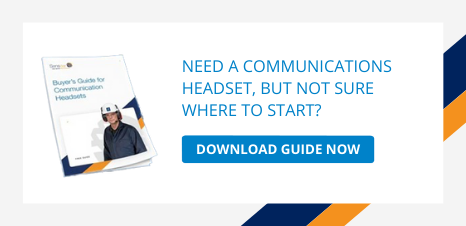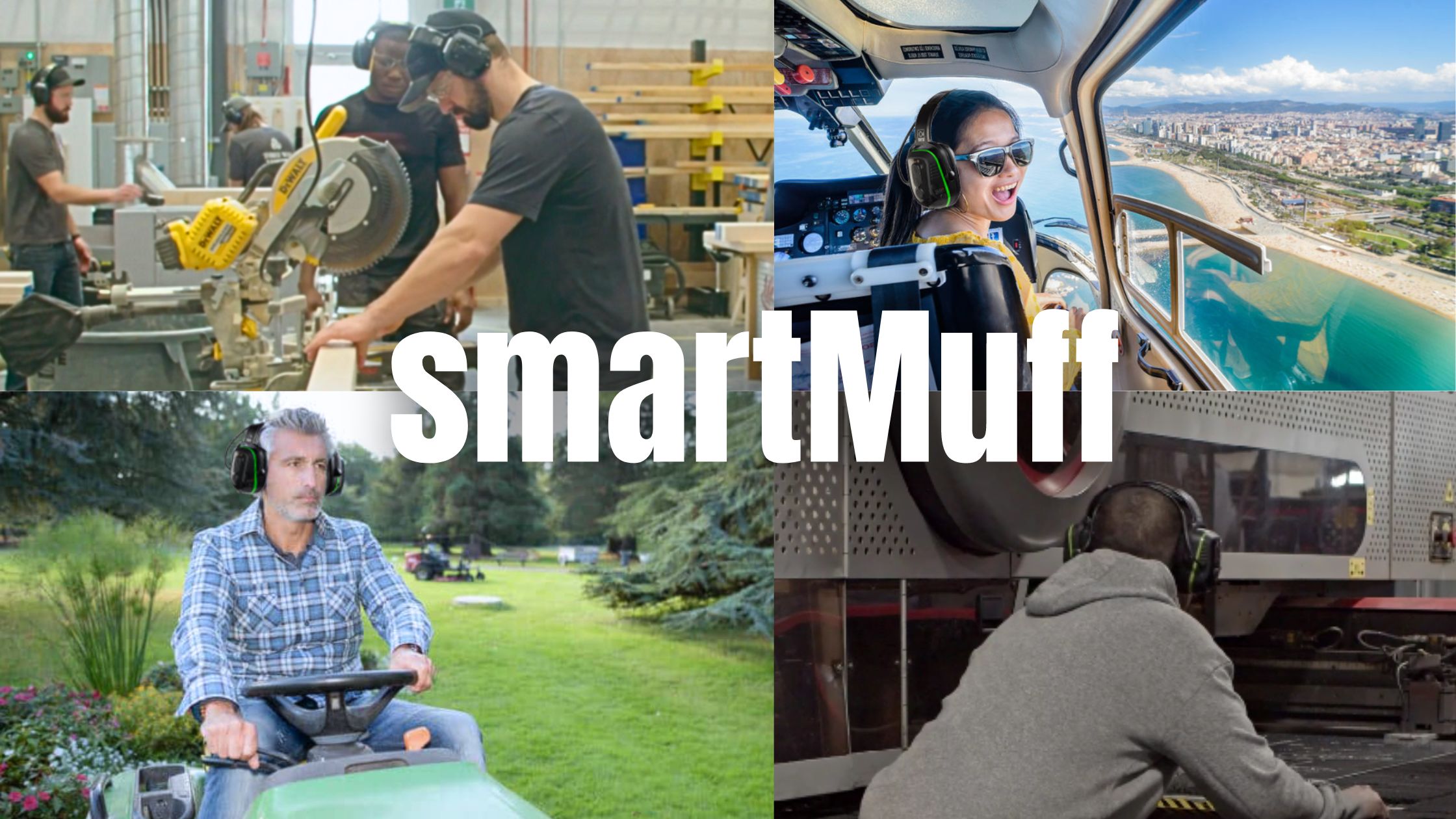
In a world filled with constant noise, protecting our hearing has become more crucial than ever. Whether it's in noisy workplaces, bustling cities, or concerts, our ears are continuously bombarded with sound. However, there is a way to protect your hearing while still staying connected to your surroundings. Sensear's smartMuff is an innovative headset that not only protects your ears but also enhances your ability to communicate and interact with others. With its groundbreaking SENS® Technology and unmatched comfort, the smartMuff is revolutionizing the way we experience sound in everyday high noise.

